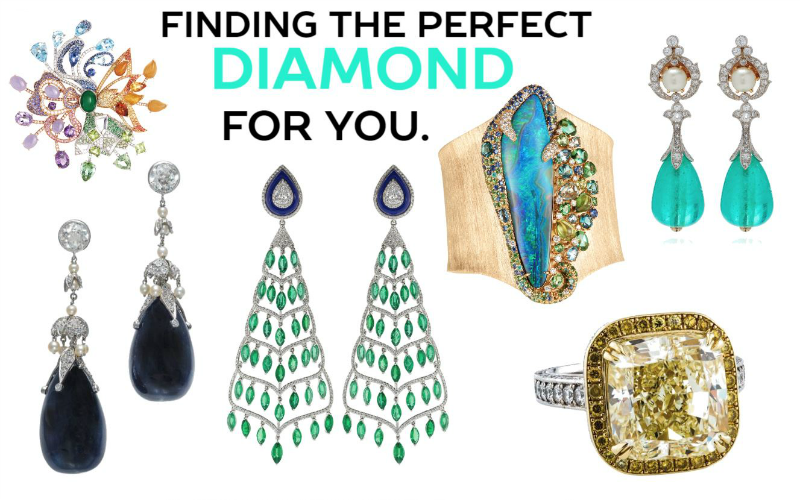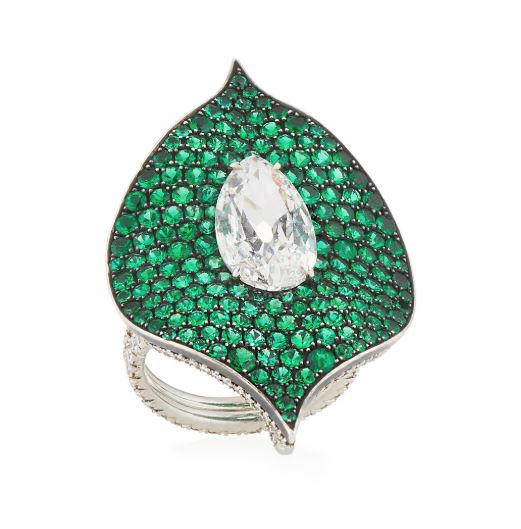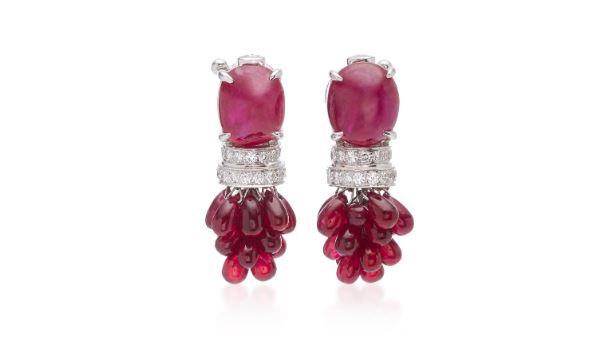No products in the cart.
Finding The Perfect Diamond For You

Are you searching for the perfect diamond for you or a loved one? There are any resources available in the world today to find the perfect stone. This helpful guide, will get you on the right track to make sure you select the best diamond that will dazzle your life for years to come.
Clarity
The perfect diamond should emit the perfect light. The most important factor that attributes to this light is the clarity of the stone. The clarity scale ranges from “I” to “F.” The greater being “F” stones which exhibit no visible imperfections even under microscope, whereas “I” stones do show some flaws that can be seen. When shopping for diamonds, buyers tend to stay away from “I” diamonds for obvious reasons. They prefer “SI” or higher, with “F” being most desirable, and of course, most expensive.
Color
The color of a diamond is just as important as clarity when buying a diamond. The best quality diamonds are colorless, while those of lower quality have visible color, which manifests as light yellow in some gemstones.
The Gemological Institute of America (GIA) grades diamond color on a scale of D (colorless) to Z (light yellow or brown). D-Z diamonds are also known as white diamonds. Most diamonds, including H color diamonds and G color diamonds, have varying degrees of color. Choose the best diamond for you whether you prefer colorless white stones, or lightly tinted stones.

Fluorescence
The best way to see the true fluorescence of a gemstone is to check it in natural sunlight or under a UV light. This will show the true colors and characteristic of the diamond. This can also drastically devalue an otherwise beautiful stone, therefore it is important to keep fluorescence in mind, whenever you are shopping for diamonds. This is a very important factor in determining the true value of a stone, though it is not commonly understood or properly considered.
Colored Diamonds
Diamonds that show color whether pink, red, or blue are also known as fancy diamonds, either by natural or artificial means. These colorful jewels range greatly in value, with artificially colored stones being less expensive. Naturally colored stones are seen as a gift from God, and are highly valued because of their innate, natural beauty. Some fancy diamonds can even be valued higher than traditional white diamonds because of the rarity of the manifested color in them. Red diamonds, for example, are highly sought after and hard to find.

Carat
This simply refers to the size of the stone. All gemstones vary it cut, color, clarity, and carat. Most people buy a diamond in the carat size of their personal preference. Many prefer large carat stones that exude a sense of extravagance, while other diamond buyers smaller more perfect stones. Fortunately, there are a variety of stones available in carat size of your choosing.
Cut
Diamonds that have been perfectly cut exhibit exceptional brilliance and dazzling reflection in all forms of light. Cut does not refer to shape, but the symmetry, proportioning and polish of a diamond. The cut of a diamond greatly affects a diamond’s brilliance; this means if it is cut poorly, it will be less luminous. The 3 primary factors in determining the cut of a diamond are brilliance (the brightness of light reflections from the surface and the inside of the diamond), fire ( dispersion of light of the color spectrum, seen as flashes of color), and scintillation (the sparkle, when a diamond or light source is moved) also known as bling. Many diamond shoppers want the perfectly cut diamond, though they may be rare to find.

Shape
The shape of a diamond is usually considered based on personal preference. Some are heart shaped, pear shaped, round, oval, cushion, princess, emerald, asscher, marquise, and radiant. The shape of a diamond may not attribute to the other factors, so when finding the perfect diamond for you, consider all things before making your final purchase. After all, diamonds are forever. Shine on!!!
SHOP MORE JEWELRY NOW!!!















1 Comment